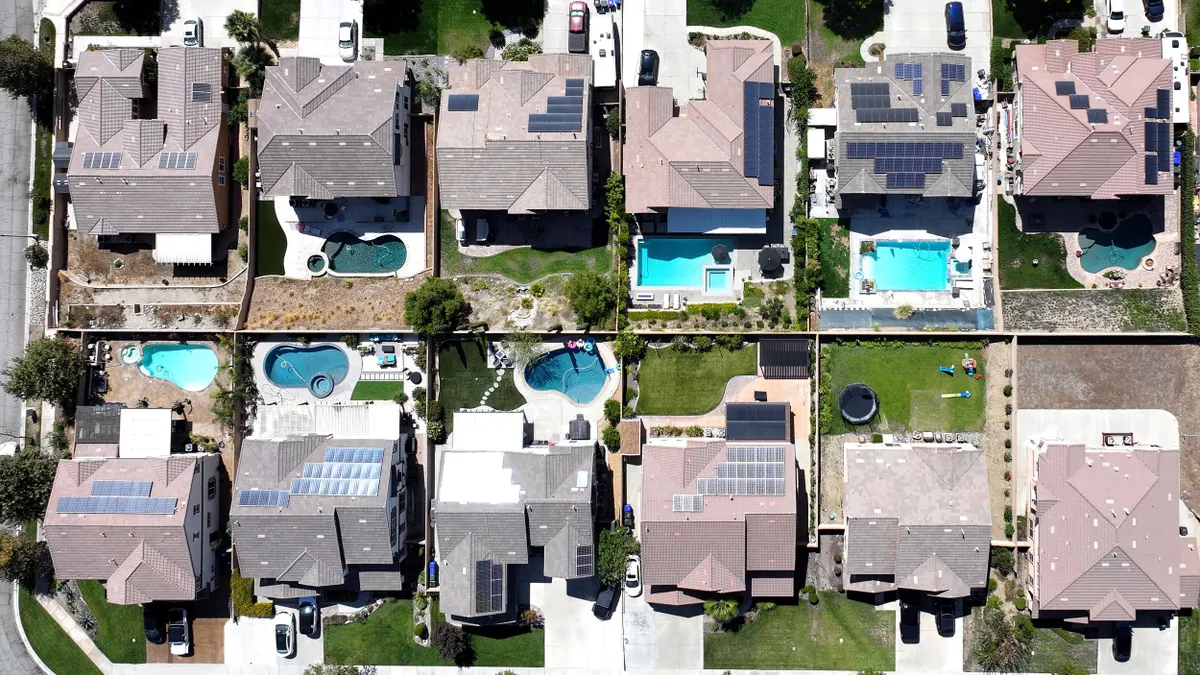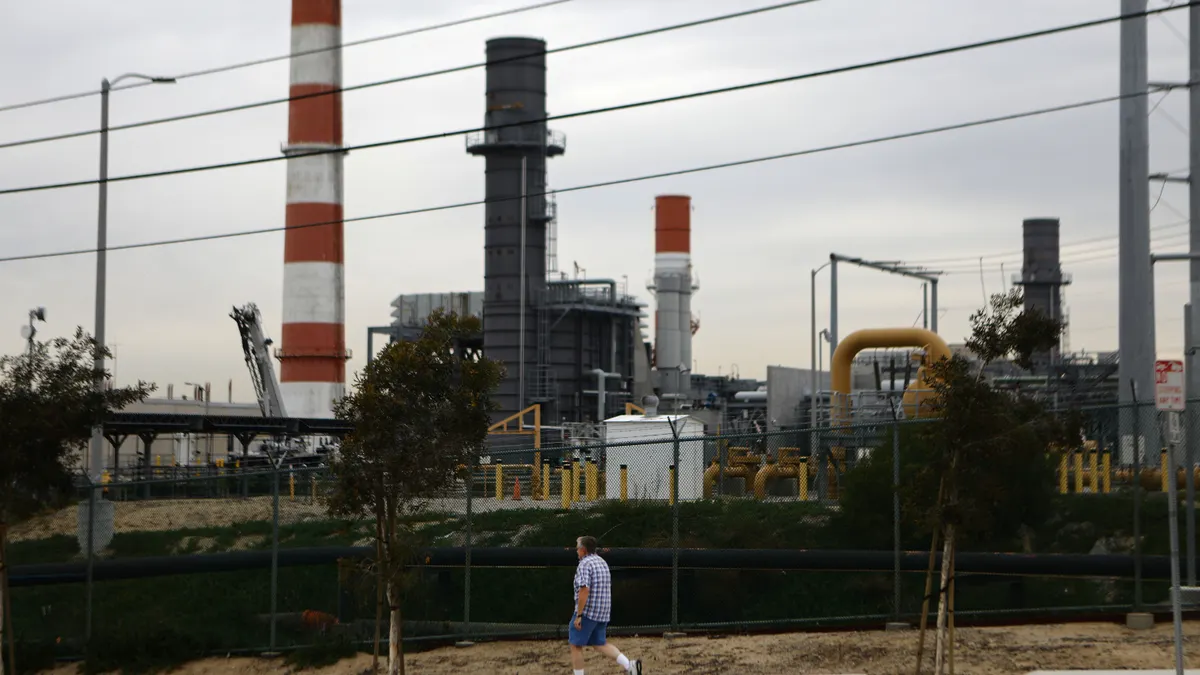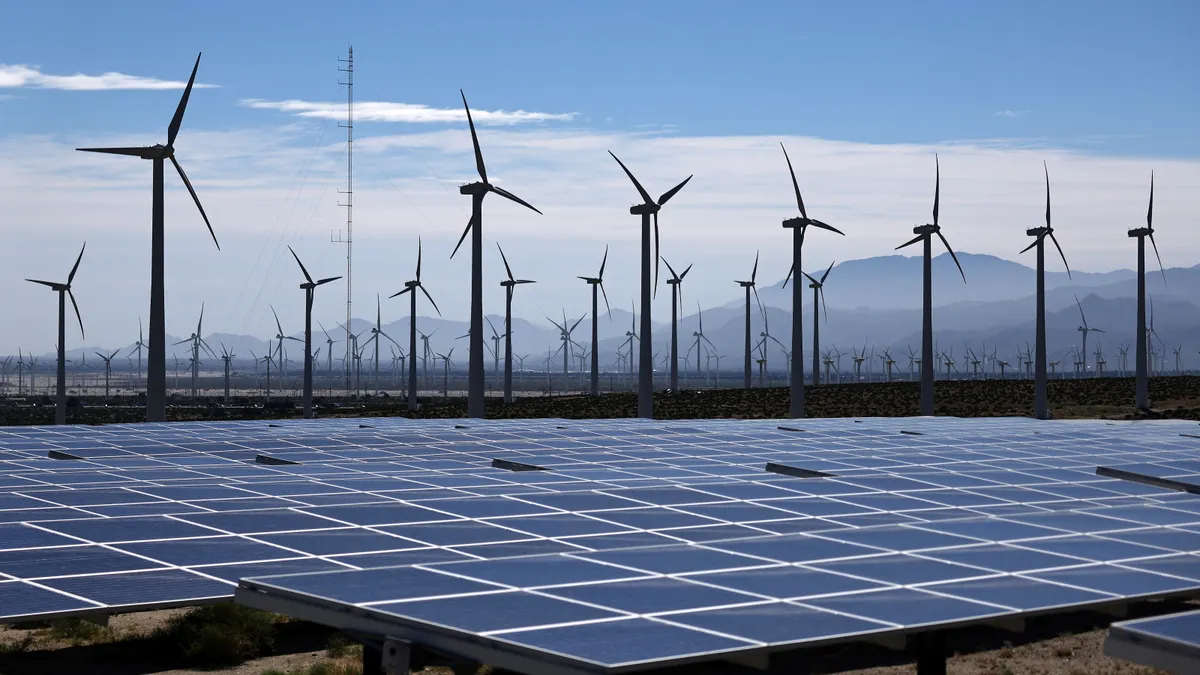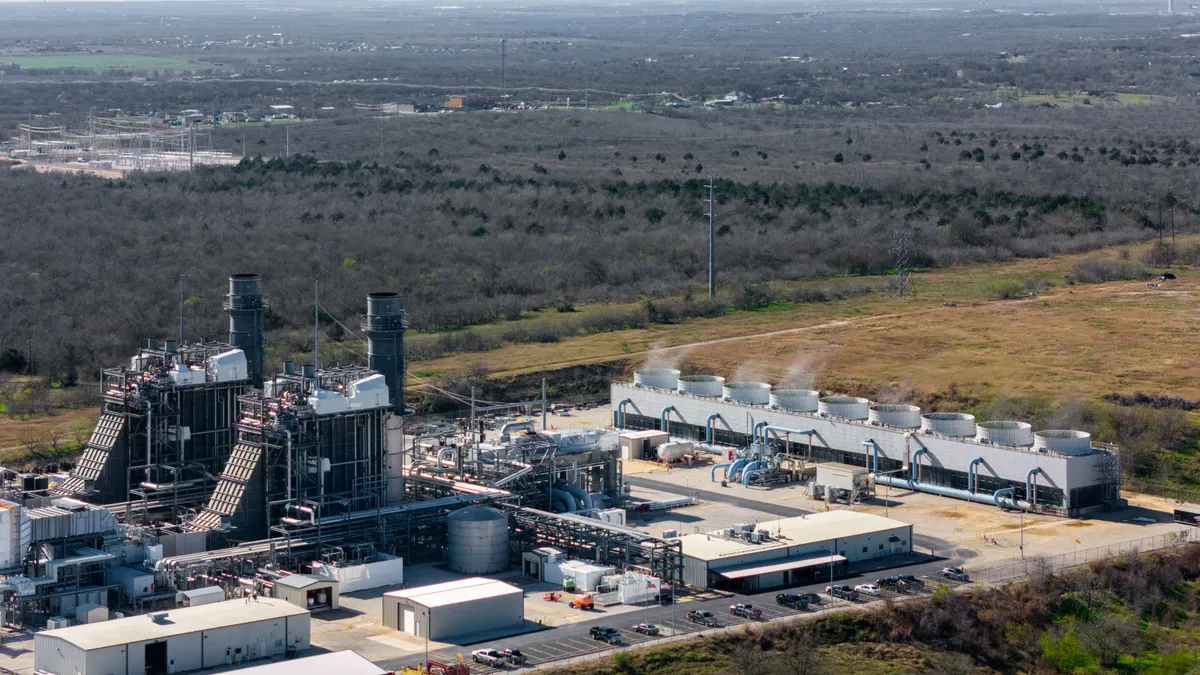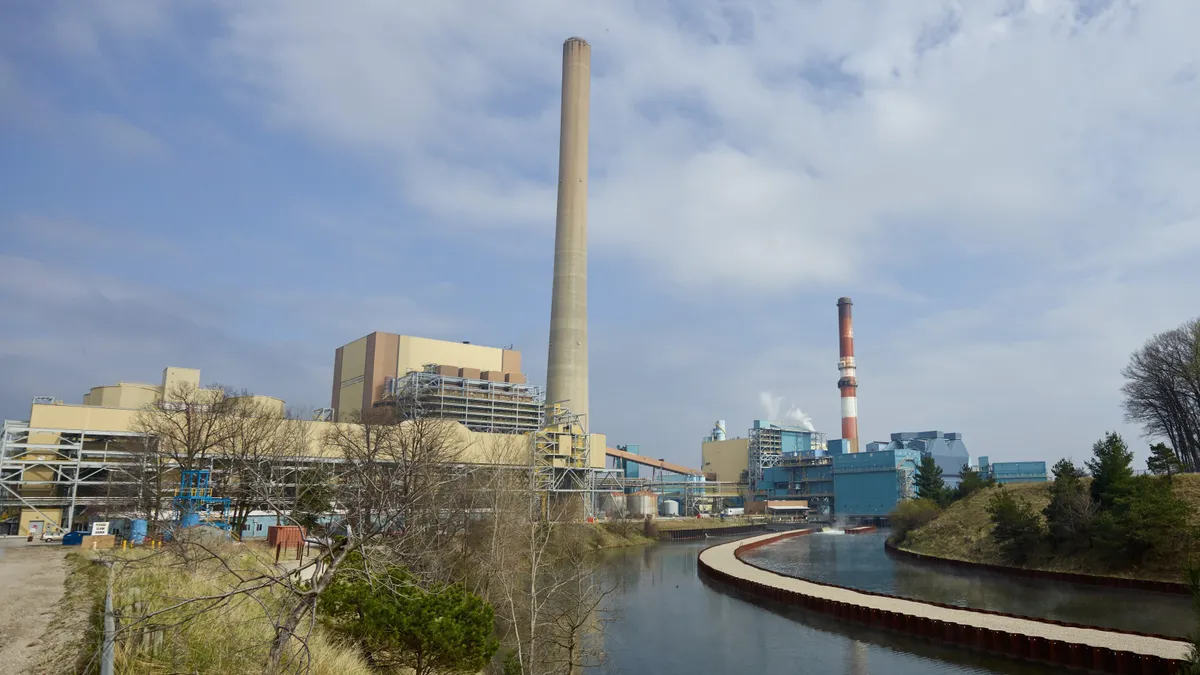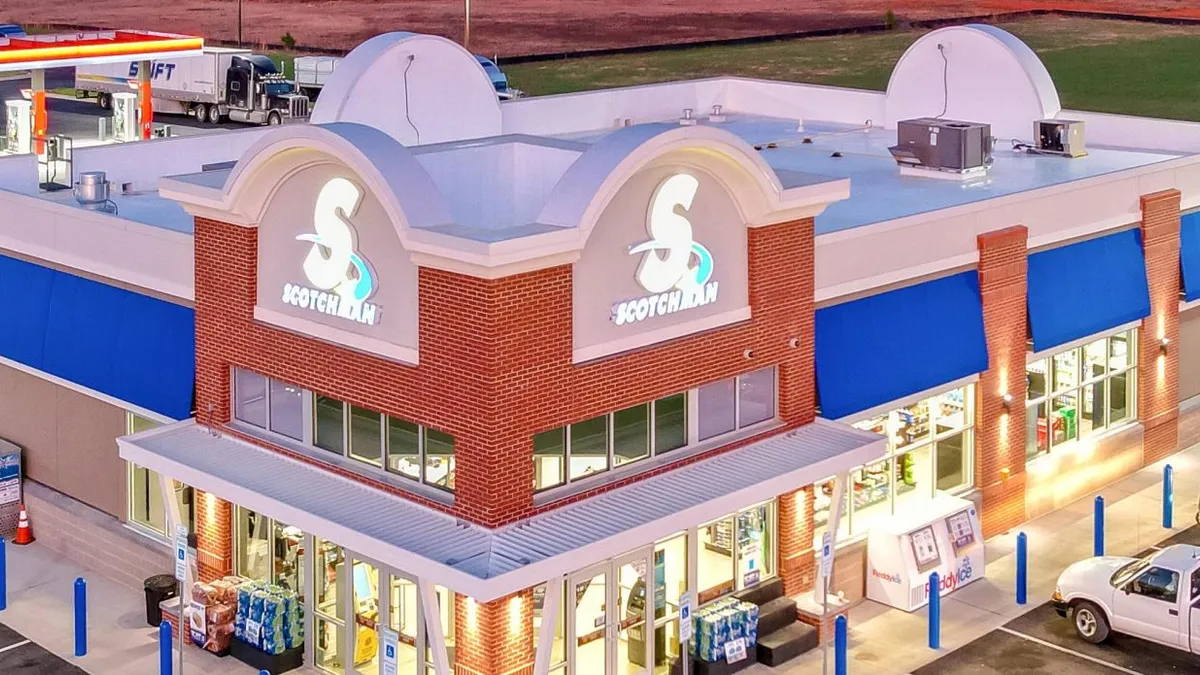Leila Banijamali is the CEO of Symbium and Zachary Millimet is a senior policy advisor to the company.
With federal climate incentives and renewable energy programs facing unprecedented rollbacks, state legislatures have become the last line of defense for clean energy deployment. Surging load growth and the cost of electricity is rising faster than the rate of inflation, and state policy must be laser focused on reducing barriers to deployment and driving down permitting costs.
Right now, several states are considering automated permitting bills that could either accelerate the clean energy transition or lock in years of bureaucratic gridlock and stifled innovation. These bills need to pass, but only if they're designed correctly. The difference between success and failure hinges on a single critical design choice: whether states mandate specific technology platforms or establish technology-agnostic standards that foster competition and innovation.
The stakes couldn't be higher, and the lessons from past mistakes are unambiguous. Consider this cautionary tale: California’s SB379 governing residential solar energy system permitting was signed into law in September 2022. The landmark law requires jurisdictions to adopt a permitting platform that accelerates the approvals of certain residential solar permits.
But rather than codifying transparent, objective standards, SB379 mandated the use of a rather limited privately run program called SolarAPP+ or any alternative platform that is capable of issuing permits for certain solar and energy storage systems “that SolarAPP+ is capable of processing,” effectively blessing one solution. This would be equivalent to the government requiring consumers to purchase a particular brand of electric vehicle, EV1, or another car that is defined by EV1’s obscure feature set. By obscuring choice, we stifle innovation and limit the ability of these programs to scale in a meaningful way.
At the time SB379 was passed into law, SolarAPP+ was inapplicable for use in about 60% of all residential solar projects in California. Consequently, it has failed to gain traction in many jurisdictions, with building departments struggling to make it work. What's worse, this legislation set a precedent for enshrining one technology that was repeated in other states like Maryland, Minnesota, Illinois and New Jersey. Fortunately, states like Texas and Florida have rejected that approach and have opted for technology-agnostic automated permitting laws instead.
The urgent need for technology-neutral state action
In an era marked by the dismantling of federal clean energy incentives and programs, state-level policy has become the critical battlefield for climate progress. Without federal action to streamline permitting or support renewable deployment, states must move quickly — and smartly — to advance automated permitting legislation that can accelerate the clean energy transition. The urgency is unprecedented, and the window for effective state intervention is small.
The imperative is clear: States need to pass technology-agnostic automated permitting bills immediately. Unlike California and Maryland's approach of mandating specific platforms like SolarAPP+, the new generation of legislation must establish clear, objective standards that any qualified technology provider or building department can meet. This approach doesn't just avoid picking winners; it creates the competitive environment necessary for rapid innovation and cost reduction at precisely the moment when federal support has evaporated.
So, what can we learn from legislators in Texas and Florida? Rather than bless a specific solution enshrined in state legislation, it is abundantly clear that, if we are to spur innovation and market competition in the absence of federal leadership, states should establish clear goals (i.e., instant permitting) and disclose a circumscribed set of the codes and standards that must be processed to inject more competition into the development and deployment of instant permitting solutions that are directly responsive to the nuanced needs of local jurisdictions and large- or small-scale installers. The goals are to foster innovation, lower costs and produce superior outcomes for governments and the public alike, not to enshrine one player's set of features.
The urgency of this moment cannot be overstated. With federal programs in retreat, state legislatures have a narrow window to establish the regulatory infrastructure that will either enable or constrain clean energy deployment for the next decade. Technology-agnostic automated permitting bills represent one of the most impactful policy levers available to states right now — streamlining the process for solar, storage, heat pumps, EV chargers and other electrification technologies without the massive price tag of direct subsidies.
The choice is clear: We can either deploy systems that are revolutionizing the permitting experience and serving the public interest through open competition and innovation, or we can hand over the resolution of critical government functions and regulatory bottlenecks — effectively, the hardest problems to solve — to favored private actors. The latter stifles progress, inflates costs and erodes the essential trust between private entities and local governments that real progress demands. The next generation of clean energy and housing development depends on getting this right, and there are precious few opportunities to fix a rigged system once it's locked in place.
In a landscape without federal support, state legislators must act decisively but thoughtfully. Technology-agnostic automated permitting legislation offers a path forward that maximizes innovation, minimizes costs and accelerates deployment — exactly what the moment demands.


